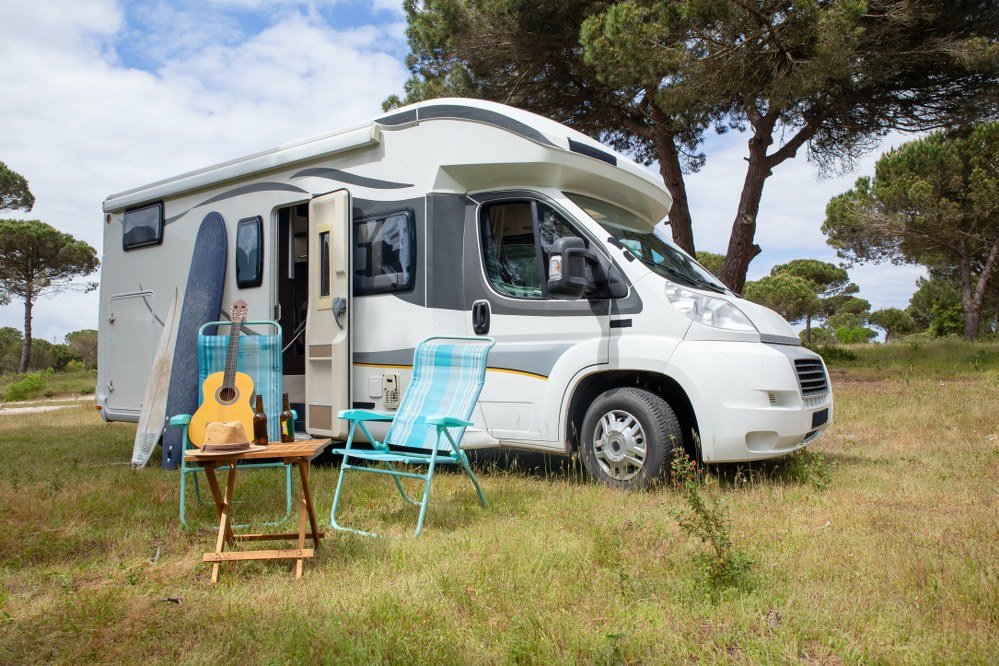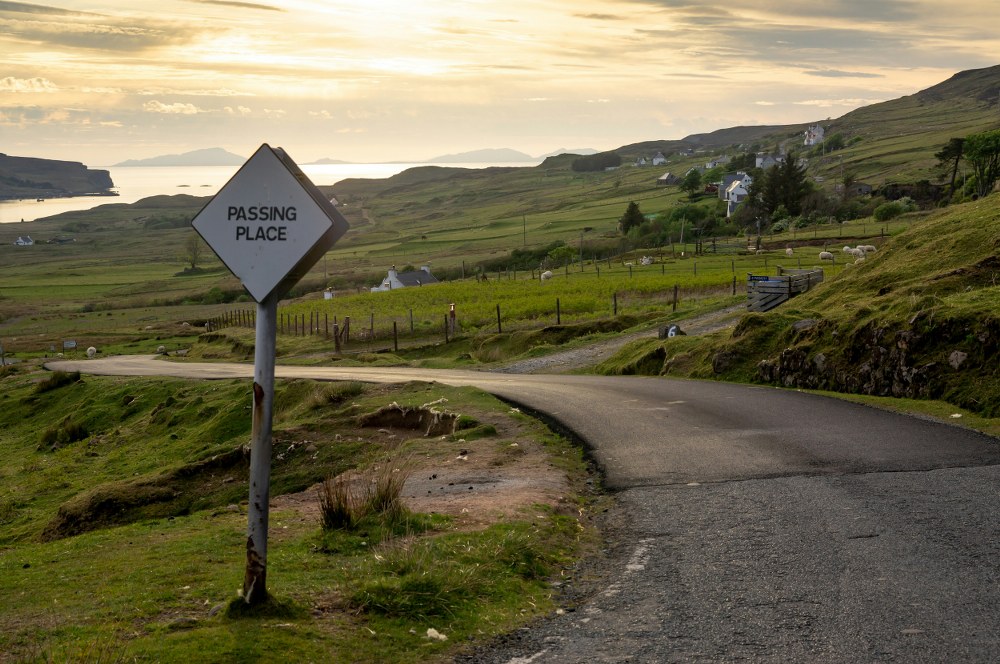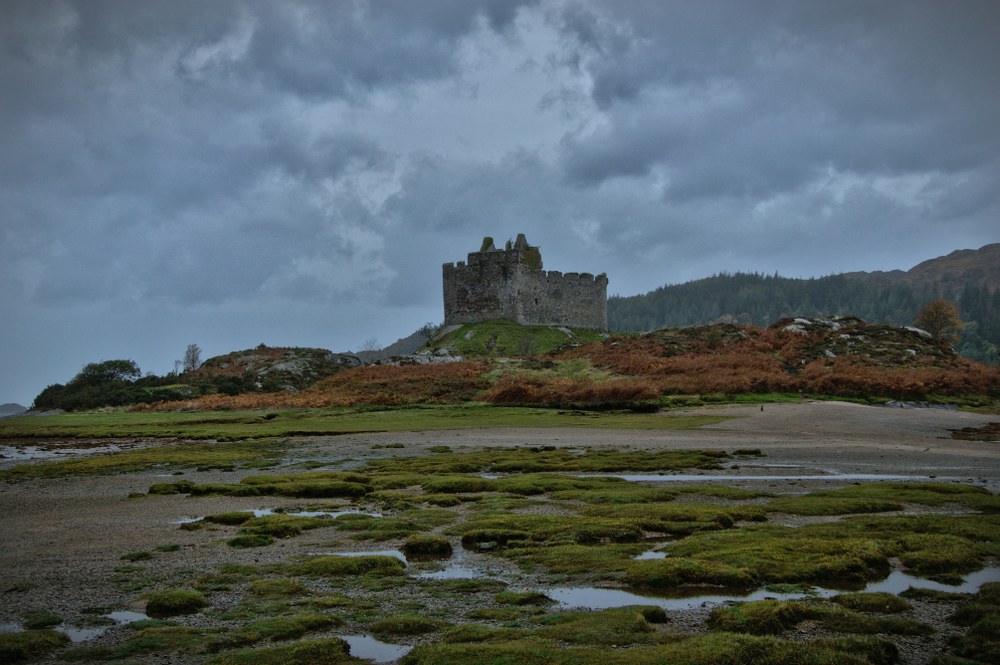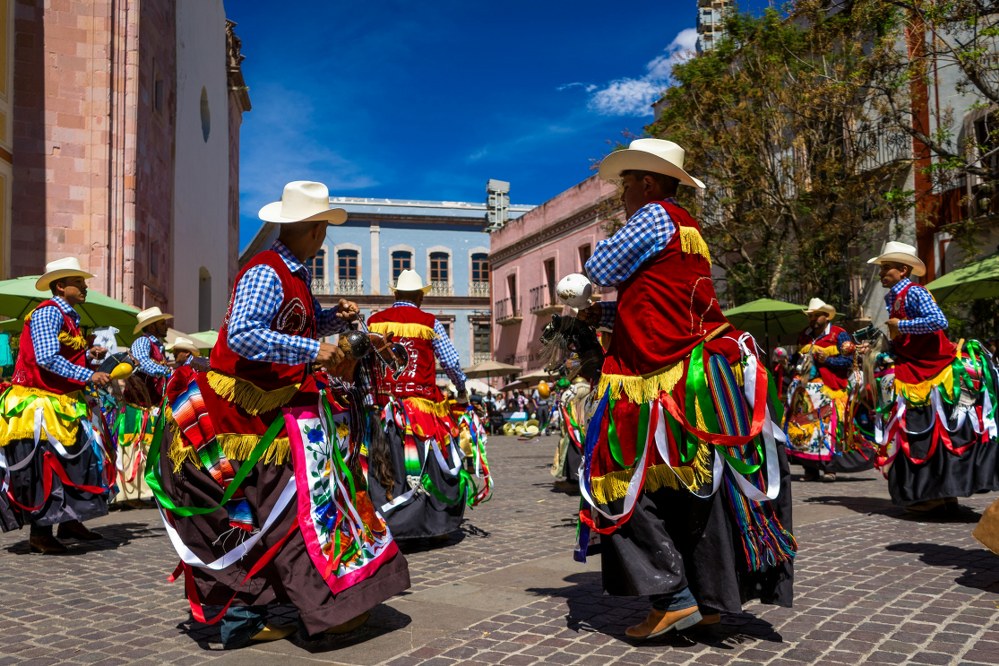For many families spending the summer exploring Scotland’s rugged landscapes, historic castles, and myth-inspiring lochs is a bucket list activity. So, what is the best way to discover Scotland’s spectacular scenery, some of which is pretty remote? Motorhomes are a popular option for those travelling with kids. More spacious and luxurious than the campervan, the motorhome means you can carry your home comforts with you, including plenty of spare clothes, toys, food, and other kiddie essentials – even the dog. We believe there are many benefits of a motorhome holiday for single parents. So, what do you need to know about driving a motorhome in Scotland to ensure your upcoming road trips go without a glitch? Let’s find out.
What exactly is a Motorhome?
Motorhomes have traditionally, for some, had an unglamorous reputation. Those who preferred opting for trips abroad once turned their noses up at the recreational home-on-wheels, but the vehicle is now attracting a whole new crowd of buyers, many of whom are seeking guidance from a motorhome broker to find the perfect fit. But what exactly is a motorhome?
Compared to a campervan, a motorhome is more spacious with more extensive cooking, washing, and sleeping facilities. Motorhomes usually have a four-wheel drive, perfect for rough terrain, climbing hills, and even sand. They also have fresh water and wastewater tanks and power supplies for appliances. In short, you can make yourself a cuppa any time, cook dinner on a hob, and the kids can have toilet breaks as often as they like.
Where can I hire a Motorhome in Scotland?
It’s no wonder that these luxurious homes on wheels are becoming more and more popular. After all, they allow staycation enthusiasts to spend their time off in Britain in style. But it’s not just the Brits who benefit – travellers from overseas can also enjoy a more comfortable Scottish road trip. You can hire a motorhome directly upon landing at Edinburgh airport. If you are staying in the city for a few days or are passing through, you will find that the motorhome hire Edinburgh has to offer gives an equally vast choice of vehicles, including luxury interiors, a smart TV, and a fully equipped kitchenette, among many other modern state of the art features.
Top Tips for Driving a Motorhome in Scotland
As a result of the coronavirus pandemic many Brits who previously travelled abroad began to appreciate tourist destinations close to home anew, which led to a vast increase in demand for more luxurious RVs to make those staycations more comfortable. Here is some practical advice as well as some top tips for driving safely with kids on Scotland’s roads:
1. Check your driving license:
Motorhomes are medium to large sized vehicles, so you will need a C1 or C license to drive a motorhome in Scotland. Your standard license typically covers driving a vehicle weighing around 3,500 kg (category B) unless your license was obtained before 1997, in which case you may also have the C1 entitlement stated on your license.
2. Be aware of your motorhome’s size and weight:
Make sure you find out your motorhome’s weight, height, and width, so you can safely navigate low bridges, height barriers, car parks, etc. Many city and town car parks in Scotland have height and weight restrictions on the type of vehicle they permit access to. Write a post-it and attach it to your dashboard, so you have your vehicle specs on hand when needed.
3. Driving on Scotland’s roads:
Most Brits are used to single track lanes and winding roads, but if you are visiting from abroad, you might be in for a surprise. Make sure you take some travel sickness meds for the kids and drive slowly. Always look out for passing places on single track lanes which are often marked with black and white poles. Use foresight: If you are near a passing place and you see a vehicle in the distance coming your way, stop. Otherwise, you may be forced to reverse. All motorhomes are fitted with reversing cameras, but it may take a little practice to use them.
4. The unpredictable Scottish weather:
Most families plan road trips around Scotland in the summer holidays in the months of July and August. However, even during the sunniest season of the year, Scotland’s weather is less than predictable. Rain is a regular occurrence, especially in the Highlands, and temperatures rarely exceed 20 degrees Celsius. So, pack clothes suitable for rain, wind, warm, and cold weather because the weather can change abruptly.
5. Taking breaks:
Whilst the scenery may be spectacular, be prepared to drive for many hours in a single sitting. It’s important that you take breaks to maintain road safety and energy levels along the way, especially if you are travelling as a single parent and are the only driver. Finding a hidden café en route to your destination or stopping in a town you know little about can be great ways to break up long drives.
6. Respecting the Scottish:
While Scotland may not appear outwardly patriotic, the people have a strong national identity. Although blockbuster films like Trainspotting depict Scots as self-deprecating, this doesn’t mean you can laugh at their country, too. They just love a bit of sarcasm, have a dry sense of humour, and can appear blunt or abrupt, but they are actually very friendly and welcoming overall. So, when interacting with locals, don’t appear obnoxious and ensure to always maintain a high level of respect for their culture.
7. Eating out:
While remote Scottish villages are known for having more affordable food and drink options than other tourist destinations in Britain, such as London and Edinburgh, the cost of consistently eating out is bound to tot up on a long road trip. Most modern motorhomes have excellent cooking facilities, so be prepared to do a certain amount of cooking as you travel along Scotland’s many scenic roads.
Driving a motorhome in Scotland with kids can be an incredible experience offering flexibility, comfort, and spontaneity. There is simply no better way to explore Scotland’s rolling green hills, pretty villages, mysterious lochs, romantic castles, and wild deserted beaches.



